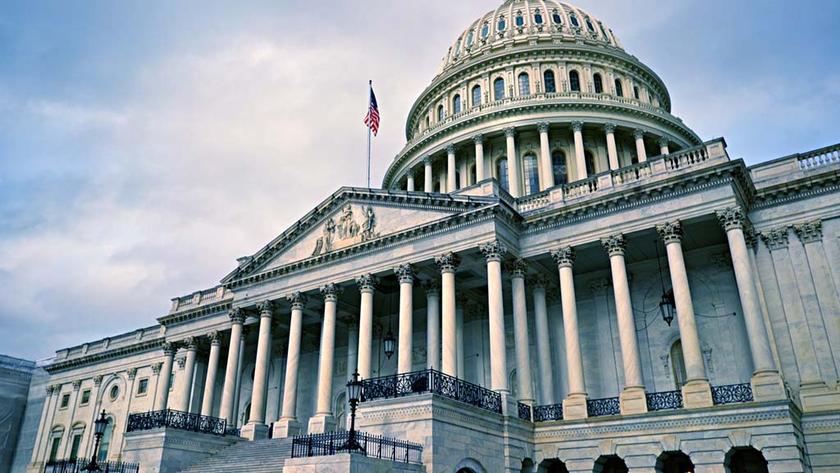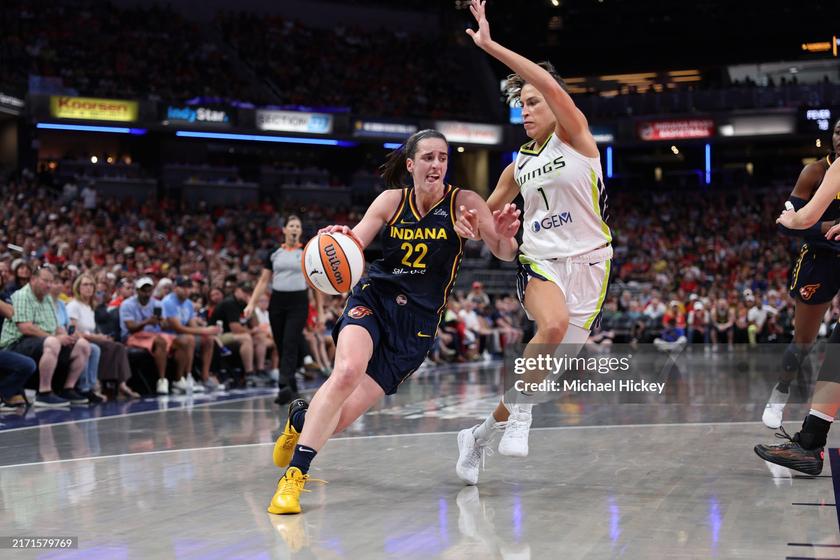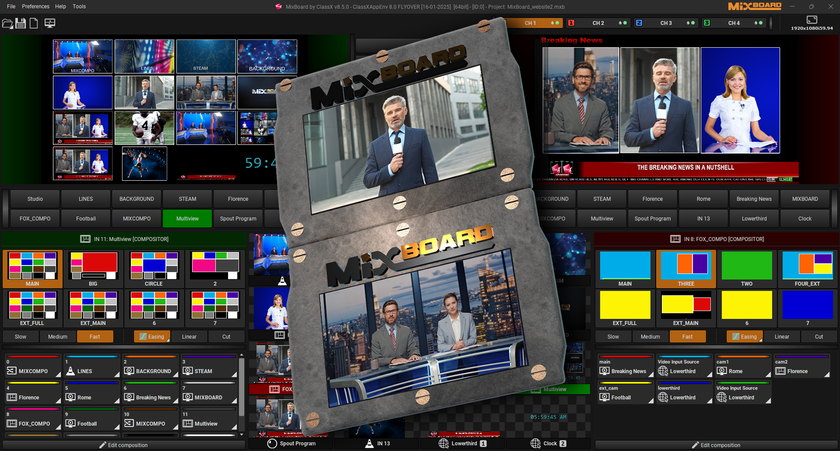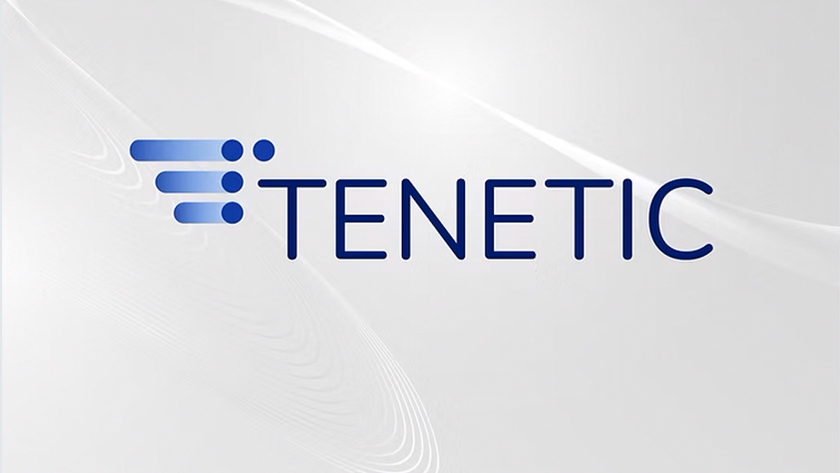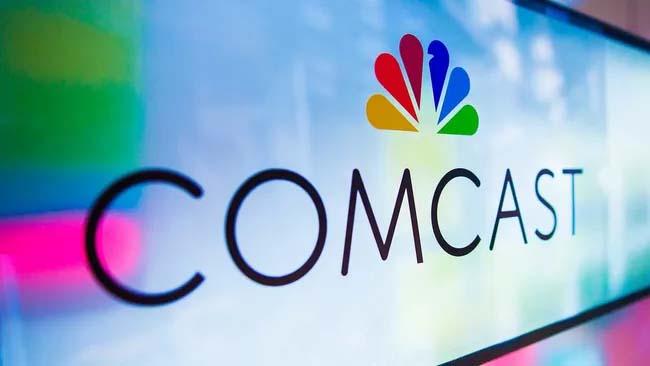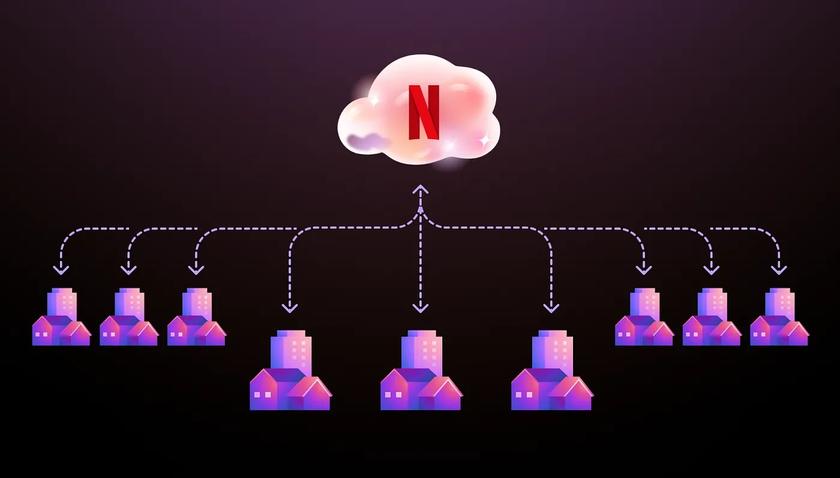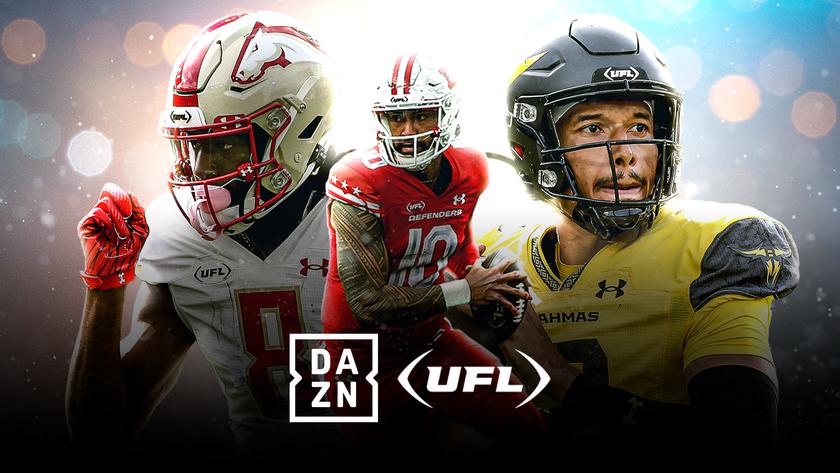ATSC 3.0 Local Simulcasting Approach Debated
WASHINGTON—Local simulcasting is at the core of the next-gen broadcasting proposal pending at the Federal Communications Commission. The idea is, a TV station that fires up ATSC 3.0 continues to transmit the same programming in ATSC 1.0, the current format, from another station’s facility.
The Feb. 24, Notice of Proposed Rulemaking proposes requiring local simulcasting“as a condition to offering ATSC 3.0.”
The question is how to do it. Proponents of the new standard want as much flexibility as possible, while the commission posed questions about how licensing, interference and pay-TV carriage would work with local simulcasting, among other issues.
Comments were due on the NPRM docket, No. 16-142, Tuesday, May 9. The document reflects an April, 2016 petition filed by America’s Public Television Stations, the AWARN Alliance, the Consumer Technology Association and the National Association of Broadcasters, asking for voluntary deployment of ATSC 3.0.
In comments filed May 9, petitioners requested only that the “bootstrap” portion of the standard be incorporated into current rules, and lobbied for “as much flexibility as possible in tailoring local simulcasting arrangements to best suit their viewers.” *
With regard to simulcast carriage, the NPRM would require pay-TV operators to continue providing must-carry for ATSC 1.0 signals but not 3.0 signals, which would be subject to retransmission consent.
The American Cable Association, which represents smaller cable operation, is concerned that broadcasters will “coerce” carriage through retransmission consent, either in future agreements or “in longstanding language in existing agreements [that] could be read to require ATSC 3.0 carriage—even where such language dates from years before anybody had heard of ATSC 3.0.”
The petitioners counter that the retransmission discussion is “simply irrelevant in this proceeding” since carriage of ATSC 3.0 signals will not be mandatory.
The ACA nonetheless favors separate carriage negotiations for ATSC 3.0 and 1.0 signals. (See ACA comments here.) The organization also is concerned about the cost of carrying the ATSC 1.0 simulcasts, the format and picture quality of those simulcasts and what happens when the signal from a simulcasting location no longer reaches a cable provider’s headend. A filing from Midcontinent Communications further elaborates.
The petitioners urged the commission to allow “market forces to determine coverage and signal quality issues,” and noted that broadcasters now transmitting in high-definition are already exceeding the FCC’s current standard-def requirement. They also ask that the commission not require an identical simulcast, since 3.0 has multiple more capabilities than 1.0.
“For example, broadcasters might choose to use the next-gen station to highlight ultra-high definition or the benefits of high-dynamic range or other features using content that might be less appealing to viewers if transmitted using ATSC 1.0,” they said.
Nexstar Broadcasting seconded this request: “Mandating an absolute exact duplication between the ATSC 1.0 and ATSC 3.0 transmissions is counterproductive to the flexibility of the ATSC 3.0 standard.”
Petitioners also asked to use vacant, in-band channels, aka “white spaces,” subject to FCC approval, “for the duration of the transition.” The U.K.-based Dynamic Spectrum Alliance, a consortium of companies with designs on white spaces, urged the commission “not to expand broadcasters’ spectrum rights by allowing them to claim white spaces for ATSC 1.0—or ATSC 3.0—simulcasts.”
Separately, Microsoft met with FCC staff members April 27 to lobby for “three 6 MHz channels… for unlicensed use in the 600 MHz and TV bands” and that “in no way should the ATSC 3.0 proceeding be used as a vehicle to unnecessarily extend the incentive auction transition period.”
The NPRM also asks if 3.0 signals should be licensed as second or temporary channels, defined asmulticasts, or a choice thereof. Licensing gives the commission more authority over the 3.0 signals, but it means more work for both broadcasters and FCC staff. Multicasting would be easier but leave non-commercial educational stations out of the mix because they are statutorily precluded from transmitting ads. (SeeSec. 399B.)
Petitioners said that the commission could authorize simulcasts as multicasting “without difficulty,” but suggested license modification as an alternative. Separately, NAB’s Alison Neplokh and Patrick McFadden met with Media Bureau staffers to advocate for licensemodification to accommodate simulcasting, according to an ex parte notice of the April 12 meeting.
Either way, broadcasters intending to transmit 3.0 would have to file a facilities modification notification.
The NPRM also seeks input on 3.0-into-1.0 interference issues (to be measured with OET-69), as well as the petitioners’ claim that simulcast deals can be done between facilities “serving a substantially similar community of license.” The NPRM essentially asks what that means.
Additionally, it would impose current public interest obligations on 3.0 simulcasts, but no receiver mandate “at this time.” Petitioners are fine with both, but Ronald Brey of Rockford, Ill., would like to see “minimum tuner standards” imposed.
Other issues in the NPRM include handling the impact of 3.0 on the post-auction TV band repack as well as viewer education. A need for viewer education was illustrated in comments such as one from Evelyn Rhoads who interpreted the petition to force another set-top on viewers. Petitioners said broadcasters would handle viewer education voluntarily.
Among other commenters, Spencer Karter of Greenwood, S.C., suggested expanding the signal coverage to 250 miles and to “eliminate” service contours. He also replied to the opposition to the petition filed by John Notor of San Jose, Calilf., and his contention that over-the-air broadcasting is “obsolete.” Karter countered that 3.0 will improve reception and provide an alternative to pay TV.
“Our DirecTV bill is currently $145 a month, and it’s not cheap,” he writes.
Bill Sanford, CEO of Lakeland Public Television in Bemidji, Minn., didn’t opposed 3.0, but said it was “too late to the party.” He requested the rulemaking to allow voluntary MPEG-4 encoding in addition to the MPEG-2 scheme broadcasters are locked into now.
Spectrum Evolution,a group led by low-power TV pioneer Greg Herman, asked that LPTV licensees “be included from the start and not left out of the initial conversion opportunity” to transmit 3.0. Herman is president and CEO of WatchTV in Portland, Ore., which was granted an experimental license in February to transmit 3.0 over a distributed transmission system.
American Tower, which owns and/or operates 40,000 communications towers across the United States, simply asked for a speedy rulemaking so broadcasters could incorporate 3.0 in the repack. The request was made about a year ago. FCC Chairman Ajit Pai stated—most recently in his address at the NAB Show—that he hopes to nail down a 3.0 rulemaking by the end of this year.
* The bootstrap layer represents the foundation of ATSC 3.0, enabling entry into the broadcast waveform, receiver detection and a flag for emergency alerts.
Get the TV Tech Newsletter
The professional video industry's #1 source for news, trends and product and tech information. Sign up below.
